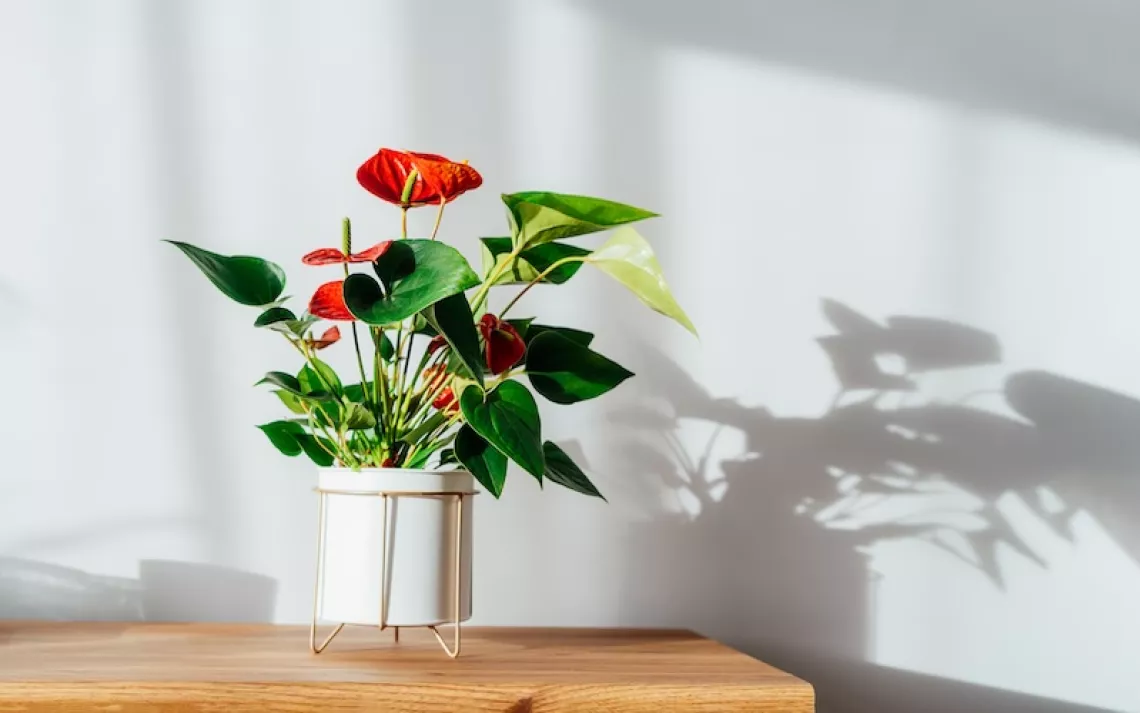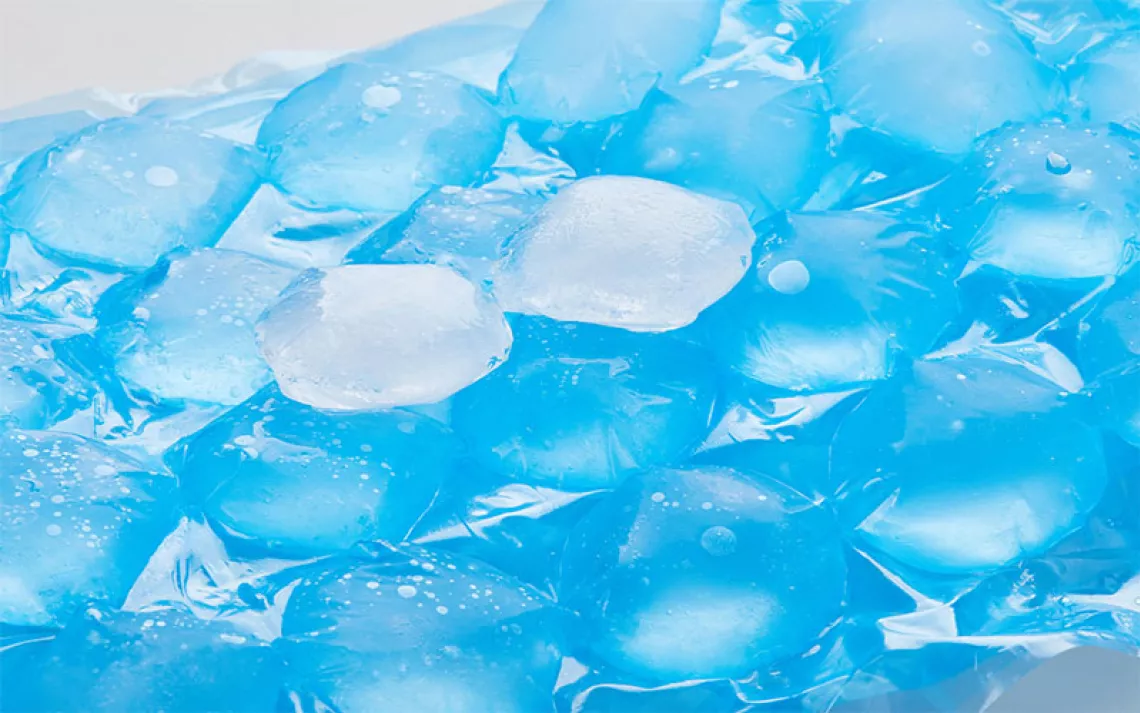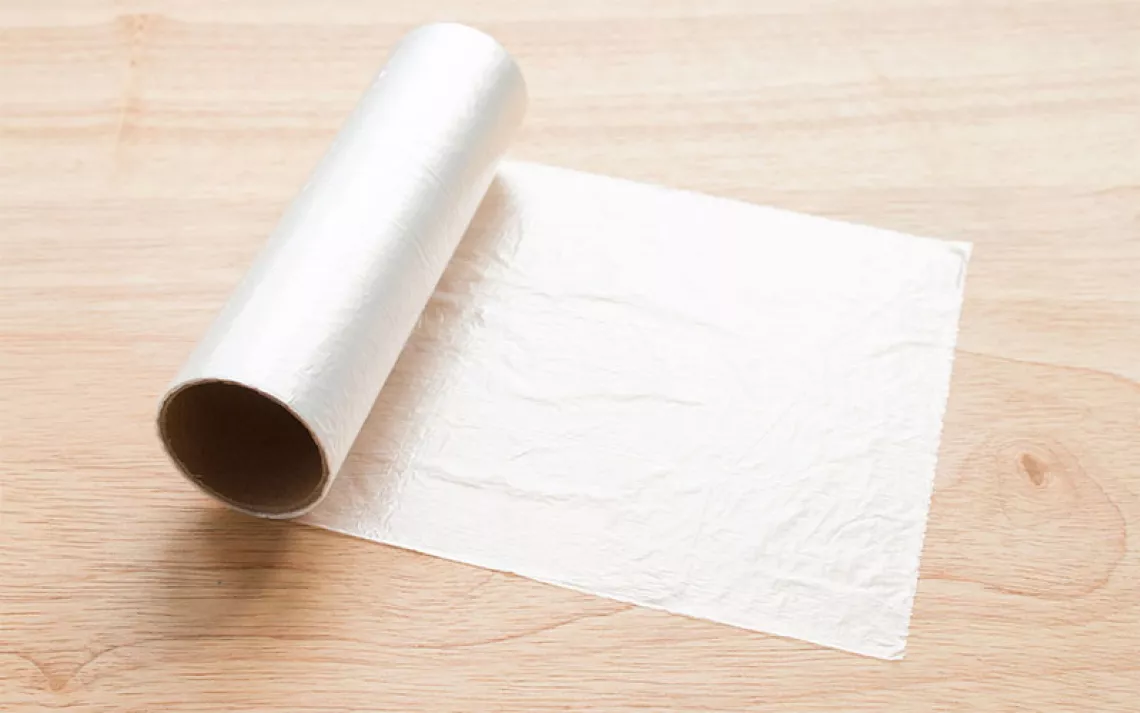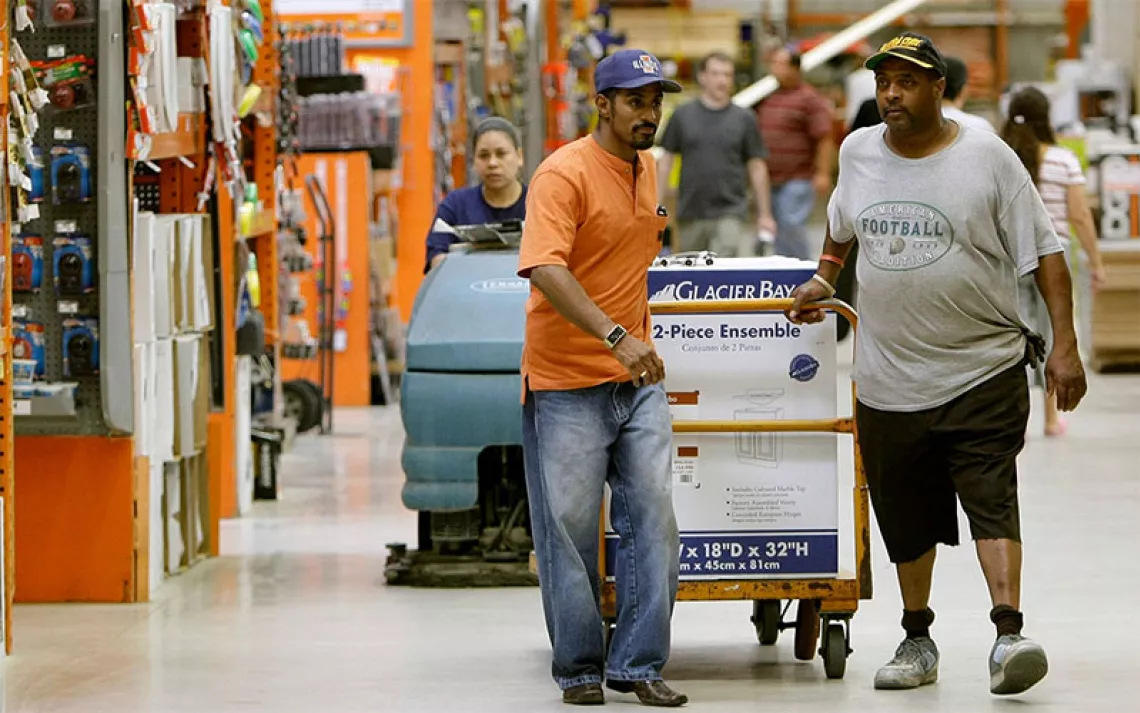3 Green Products to Help You Welcome Aunt Flo
Making the crimson tide a little greener.
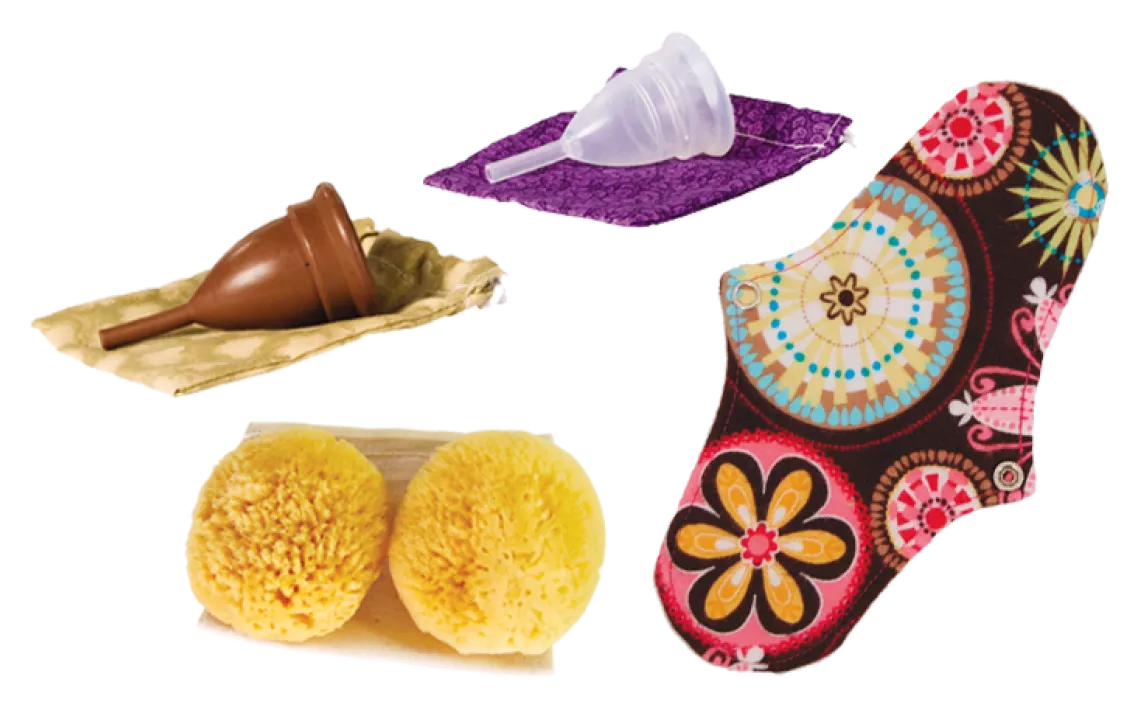
Photo courtesy of Jade and Pearl
Okay ladies, we all know that we don’t exactly look forward to our monthly visitor. Not only does she come with cramps, bloating, and discomfort, but she puts a strain on one other lady—Mother Earth.
The average woman throws out between 250 and 300 pounds of feminine products in her lifetime. In the United States alone, an estimated 12 billion pads and 7 billion tampons are disposed of annually, most of which are made from bleached rayon and plastic. Fortunately, a handful of health-minded and ecofriendly companies have provided some alternative products to help make the crimson tide a little greener:
1. Reusable Pads
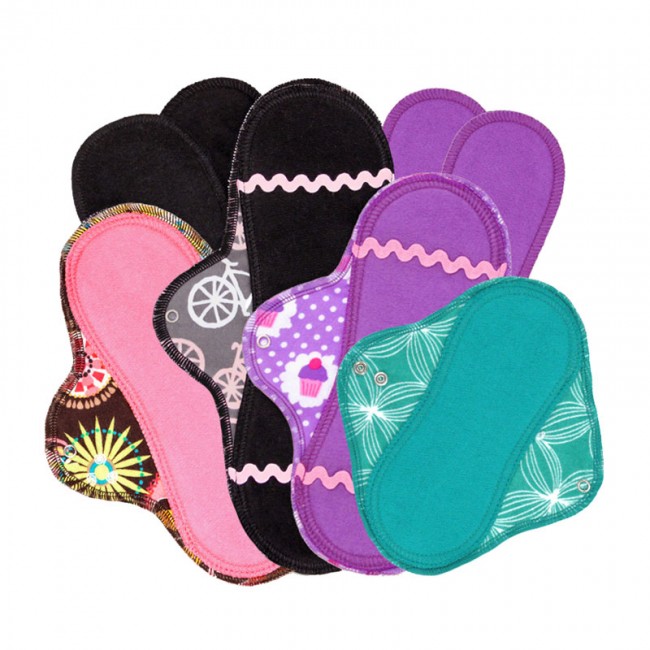
Photo courtesy of Lunapads
Like the little black dress, the reusable pad isn't a fad that will wash away. Lasting up to 10 years, each cotton slip replaces about 120 disposable ones. Two companies, GladRags and Lunapads, sell them in a wide variety of patterns, sizes, and material. To completely avoid synthetics, you can choose the organic and undyed options. If the thought of washing your pads brings on an “ick” factor, don’t worry; both companies provide instructions and products to keep the process discreet, sanitary, and ungross.
And, bonus! For each Lunapad product you buy, a girl in need in Uganda will be given a pad through the company’s charity One4Her.
Individual pads range from $12 to $25 and starter kits from $65 to $200.
2. Menstrual Cups
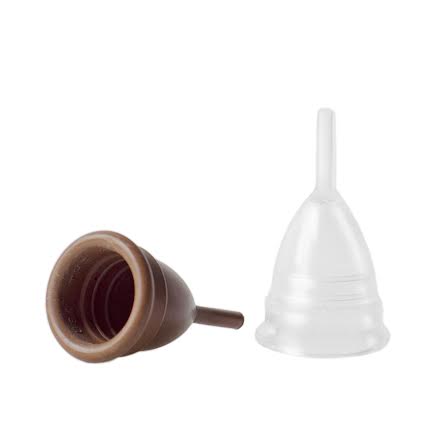
Photo courtesy of The Keeper
Menstrual Cups have been around longer than you might think—since the 1930’s. They are bell-shaped, made from silicone or natural gum rubber (latex), and designed to sit low in the vaginal canal. They collect menstrual flow and can be emptied, cleaned, and re-inserted as many times as needed. Two common brands are The Keeper produced in the United States and MCUK from the United Kingdom. Both products are designed to replace tampons and can last up to 10 years depending on care.
The companies that manufacture the cups argue that they are not only more eco-friendly, but also healthier. Whereas tampons can be too absorbent and cause dryness, cups are nonabsorbent and leave no fibers behind. This also means that menstrual cups are less likely to amplify the bacteria responsible for Toxic Shock Syndrome (TSS).
The Keeper Cups cost $35 and MCUK cups cost $30.
3. Sea Sponges
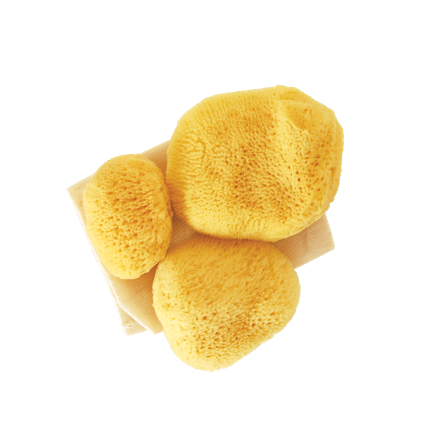
Photo courtesy Jade and Pearl
They’re exactly what they sound like—sponge organisms from the sea. Seem a little weird? Well, the FDA thinks so and has stopped allowing them to be marketed as a tampon replacement. However, many women still use them as just that. Company Jade and Pearl has been selling the sea pearls for over 40 years and has never heard a complaint from customers.
The sponges are sustainably plucked from either the Atlantic ocean or the Mediterranean sea—they’re hand-trimmed, leaving the base, so they can regrow and be re-harvested. They are natural, absorbent, and easy to clean.
Jade and Pearl expects each sponge to last 3 to 6 months with proper use and care, but some customers report a single sponge lasting for years.
A basic set of two sponges costs $21.
 The Magazine of The Sierra Club
The Magazine of The Sierra Club
